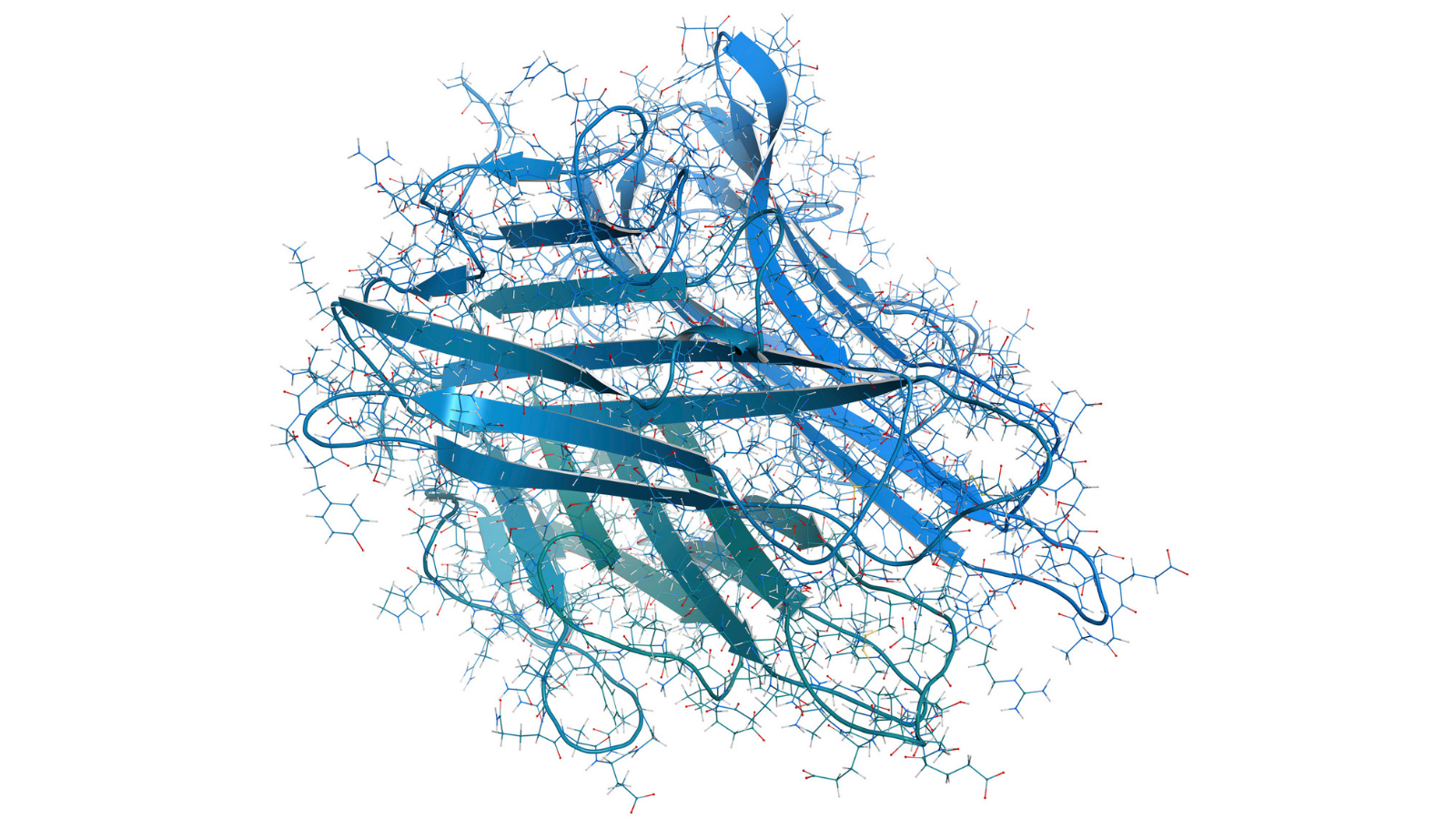
When biosimilars (generic alternatives to biologic drugs) were first introduced, their increase in market share was predicted to decrease total Medicare spending. In a new JAMA Network Open study, Amelia Bond, PhD, MS, MHS, assistant professor of population health sciences; Phyllis Johnson, MBA, programmer analyst for population health sciences; and University of Miami colleague Emma Boswell Dean, PhD, examined the patient, physician, and practice characteristics associated with biosimilar use in the Medicare population. Their cross-sectional study included two of the first products to experience biosimilar competition, filgrastim and infliximab. The researchers used data from Medicare fee-for-service beneficiaries who received a filgrastim product or an infliximab product between the launch of a class's first biosimilar (quarter three of 2015 for filgrastim-sndz and quarter four of 2016 for infliximab-dyyb) and December 2018. While no patient demographic characteristics were associated with biosimilar use, several physician characteristics were, including high filgrastim or infliximab prescribing volume and physician specialty. Numerous practice characteristics were associated with biosimilar use, including practice setting (outpatient hospital department versus office practice) and hospital outpatient department ownership status (for-profit versus not-for-profit). This study suggests that practices play a role in steering physicians toward certain medications. However, further research is needed to better understand the reason that types of practices with high biosimilar use differed by drug class.
- Highlights

